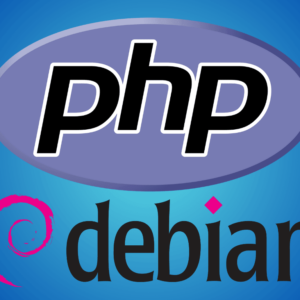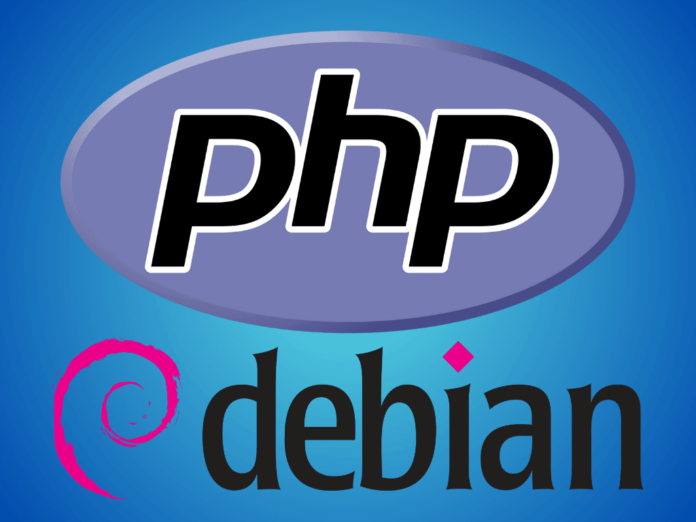
In this step-by-step guide, I’ll share my experience of installing PHP 7.4 on a Debian 11 dedicated server running Linux and hosted in Ukraine. PHP 7.4 is a popular version of PHP, known for its performance and security improvements. Whether you’re a developer, a system administrator, or someone simply interested in setting up a web server, this guide will help you through the process. I will also share some valuable insights I gained from hosting my site on one of the dedicated servers Ukraine.
Prerequisites:
Before we dive into the installation process, here are the prerequisites you should have:
- A dedicated server or a server with Debian 11 installed.
- SSH access to your server.
Step 1: Connect to Your Server
To start, you’ll need to access your server. You can use SSH to connect to your server. Open your terminal and use the following command:
ssh your_username@your_server_ip
Replace your_username with your server username and your_server_ip with your server’s IP address.
Step 2: Update Your System
Before you install PHP 7.4, it’s essential to update your system’s package list and upgrade the existing packages. Run the following commands:
sudo apt update
sudo apt upgrade
This ensures that your server has the latest package information and is up-to-date.
Step 3: Install PHP 7.4
Now that your system is updated, it’s time to install PHP 7.4. Debian 11 offers PHP 7.4 in its repositories, so you can install it directly using the following command:
sudo apt install php7.4
This command will download and install PHP 7.4 along with its necessary dependencies.
Step 4: Check PHP Version
After the installation is complete, you should verify that PHP 7.4 is installed correctly. You can do this by running the following command:
php -v
You should see an output displaying the PHP version, confirming that PHP 7.4 is now installed on your server.
Step 5: Install PHP Extensions
PHP extensions enhance its functionality for various applications. Depending on your specific requirements, you may need to install additional PHP extensions. Here’s how to install some common ones:
Example: Installing PHP Extensions
To install the PHP GD library, used for image processing, run:
sudo apt install php7.4-gd
You can replace php7.4-gd with the name of the extension you need. Repeat this process for any other extensions you require.
Step 6: Configure PHP
PHP has a configuration file that allows you to make changes to its settings. You can edit this file to fine-tune PHP according to your requirements. The PHP configuration file for PHP 7.4 is located at:
/etc/php/7.4/cli/php.ini
To edit the file, you can use a text editor like nano or vi. For example:
sudo nano /etc/php/7.4/cli/php.ini
Make your desired changes and save the file.
Using Dedicated Servers in Ukraine:
I chose to host my dedicated Linux server in Ukraine for several reasons. Ukraine has a growing IT industry, a reliable infrastructure, and offers competitive pricing. Dedicated Linux servers in Ukraine are a great choice for businesses and individuals looking for reliable hosting services in Eastern Europe.
If you’re considering renting a dedicated Linux server in Ukraine, I highly recommend Dedicated Servers Netherlands. They offer a wide range of dedicated server options, including high-performance servers with excellent connectivity. Check out their offerings here.
Installing PHP 7.4 on Debian 11 is a straightforward process, as outlined in this step-by-step guide. With your PHP environment set up, you’re ready to host web applications and websites that require PHP 7.4. Additionally, by hosting your dedicated server in Ukraine through a reliable provider like Dedicated Servers Netherlands, you can benefit from excellent server performance and connectivity. Good luck with your server setup and web development projects!





